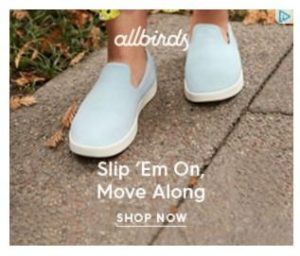Many new puppies are bundles of energy and curiosity. As the pup begins to explore its new surroundings, it’s essential to take some precautions to keep it safe. You want to ensure your puppy has a safe place to play and is never left unsupervised. Your home should be puppy-proofed, with any potential hazards removed or made inaccessible.
Here are some tips for keeping your new pup safe at home.
1. Puppy-proof your home.
Like small children, puppies are curious and like to put things in their mouths. They’re also prone to chewing and scratching. To make your home safe for your pup, remove anything that could be swallowed or chewed on, including small objects, toxic plants, and cleaning products. Secure electrical cords out of reach and keep trash cans inaccessible.
It would be best if you also blocked off areas of your home that are off-limits to puppies, such as the kitchen or bathroom. Use baby gates or pet fences to create safe boundaries for your pup. You may also want to confine your dog to a small area, such as a puppy-proofed room or crate, when you can’t supervise it.
2. Provide a safe, designated play area.
Your puppy will need a place to burn off all that energy. Choose an area of your home or yard that’s safe for your pup to play in. The site should be free of hazards like sharp objects, chemicals, and electrical cords. It should also be fenced in so your pup can’t wander off.
If you have a yard, make sure it’s securely fenced. Check the fence for gaps or holes that your pup could squeeze through. If you have a pool, ensure it’s fenced in and that your puppy can’t access it without supervision. Some dogs are natural swimmers, but even the best swimmers can tire and drown.
3. Never leave your doors and windows open.
An open window or door invites your pup to explore the great outdoors—and possibly get lost. Keep all doors and windows shut and locked when you’re not home. If your dog is prone to escaping, consider installing window grates or guards.
If your windows and doors do not provide enough security for your pup, you should consider a door or window replacement that will. Find a window or door specifically designed to be escape-proof for dogs. Some doors can also be equipped with an electronic door opener that only allows authorized people to enter.
But you can also have a doggy door installed, which will give your pup the freedom to come and go as it pleases once you have trained them. Just ensure the door is big enough for your puppy and that no one can open it from the outside.

4. Get a dog collar and ID tag.
If your pup does get out, make sure it’s wearing a collar with an ID tag with your dog’s name and contact number. Avoid putting your address on the tag to reduce identity theft risk. It would be best if you also considered microchipping your pup. A microchip is a tiny device implanted under the skin and can be used to identify your dog if it gets lost.
A microchip is a safer and more permanent form of identification than a collar and ID tag, which can fall off or be removed. But a microchip is only helpful if it’s properly registered and the contact information is up to date. So be sure to register your pup’s microchip with a national database. You can also indicate on the tag that your dog is microchipped.
5. Supervise your pup at all times.
Supervising your pup when it’s inside and outside of your home is essential. When you can’t keep an eye on your dog, confine it to a safe area, such as a puppy-proofed room or crate.
Keep your pup on a leash to prevent it from running off when you’re outside. And never leave your dog unattended, even for a moment. If you have to go somewhere without your pup, ask a friend or family member to dog-sit. You can also hire a professional dog sitter or walker.
6. Socialize your puppy.
A well-socialized puppy is less likely to be fearful or aggressive around people and other animals. So it’s essential to expose your pup to a variety of people, places, and situations—in a positive way—as early as possible. You can try introducing them to another dog in an off-leash dog park before trying to start interactions at home.
Some experts recommend waiting until your pup is four months old to socialize them, but others believe earlier exposure is better. Consult your veterinarian before taking your puppy out into the world.
Puppies are full of energy and curiosity, which can lead to trouble. But by taking some simple precautions, you can keep your pup safe and sound. Always consult your veterinarian for more specific advice on caring for your puppy.











